Formations

JONATHAN GAUDREAULT, ing., Ph. D.
Université Laval
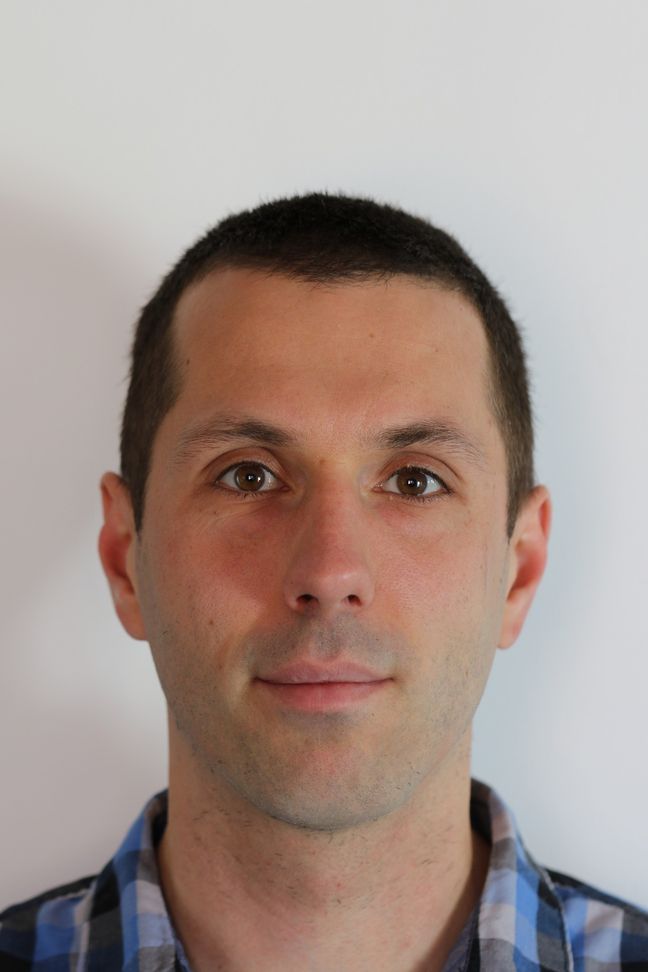
Sébastien Guérard, Research Scientist, Aluminium Technology Solutions
CRDA – Rio Tinto
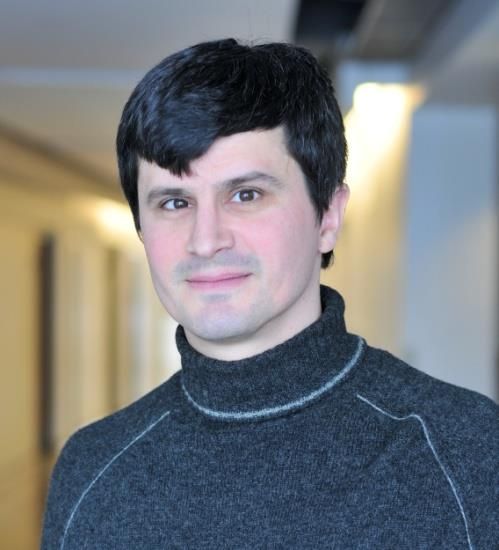
Patrice Chartrand, Ph.D.
POLYTECHNIQUE MONTRÉAL
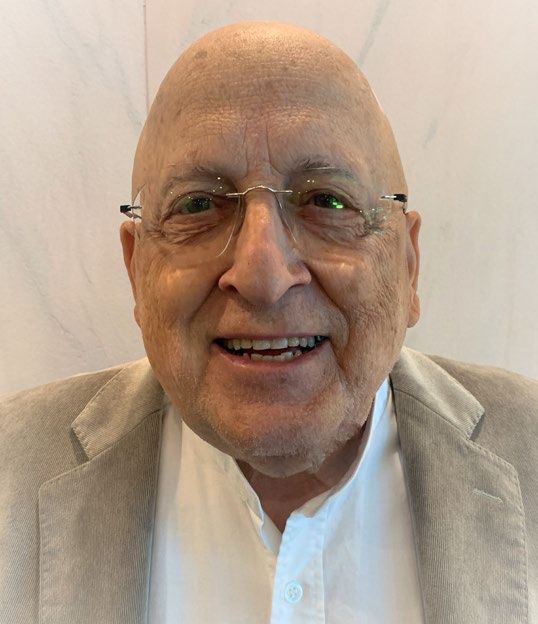
Bernard Clément, Ph.D.
POLYTECHNIQUE MONTRÉAL
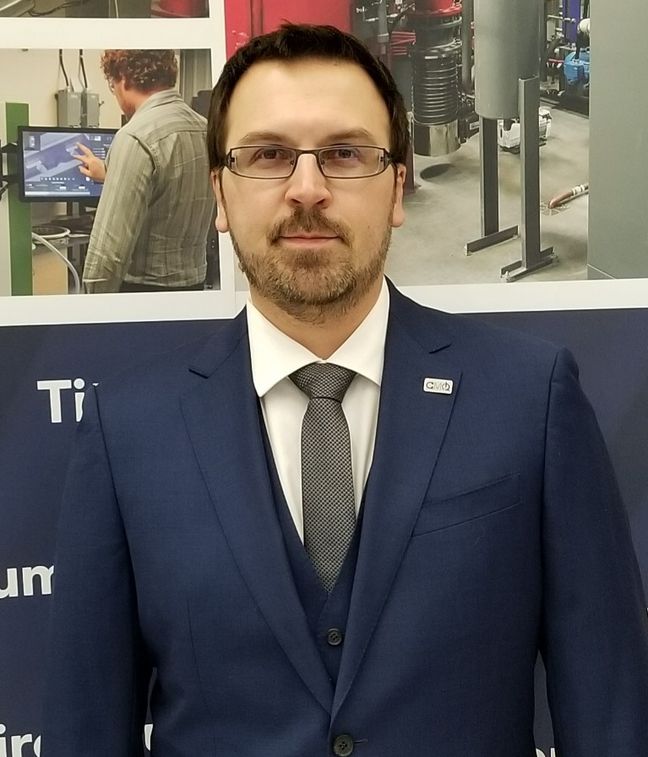
Alexandre Bois-Brochu, ing., Ph.D.
Centre de métallurgie du Québec
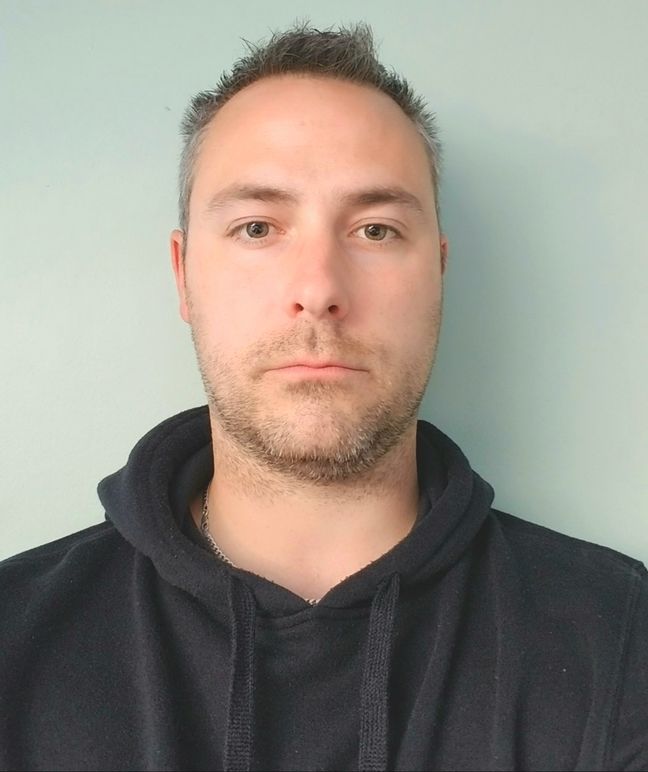
Jean-François Béland, M. Sc.
National Research Council Canada